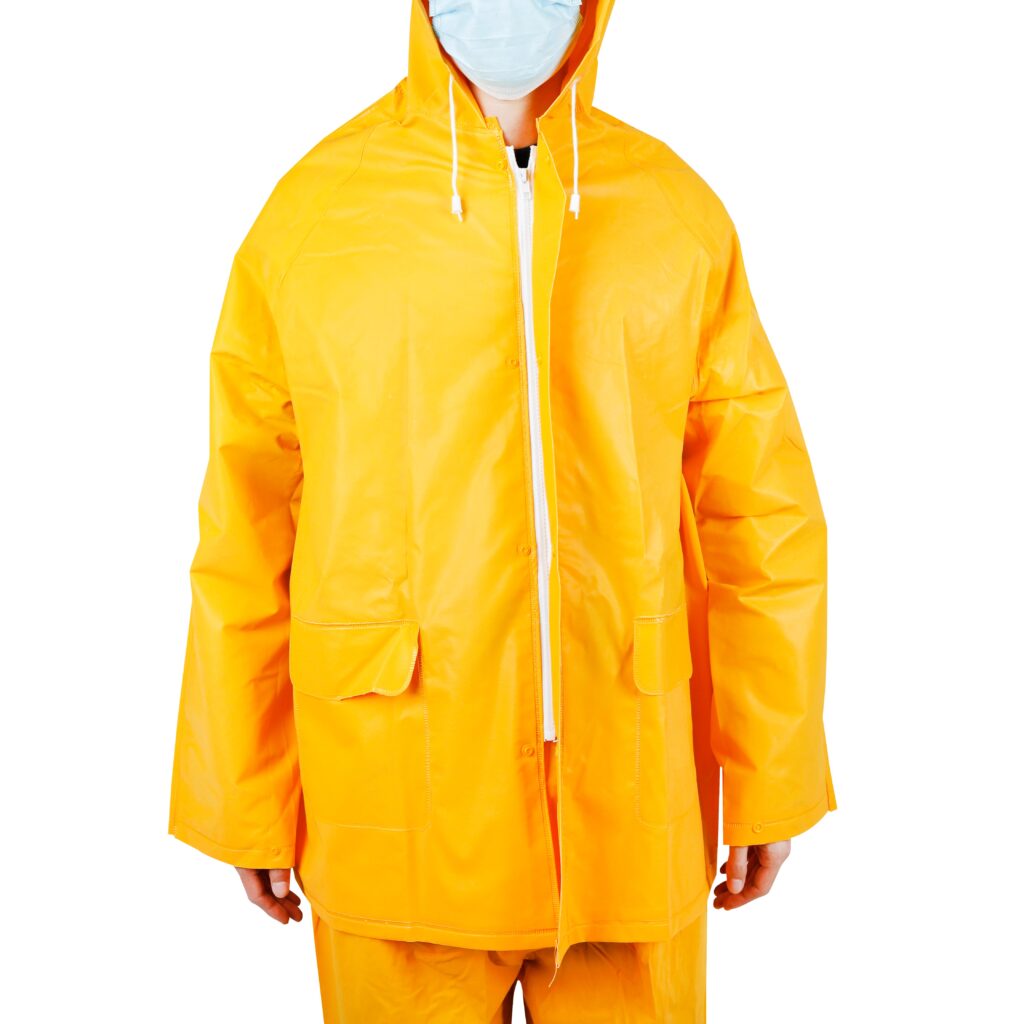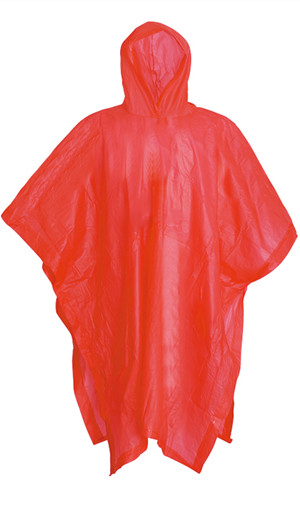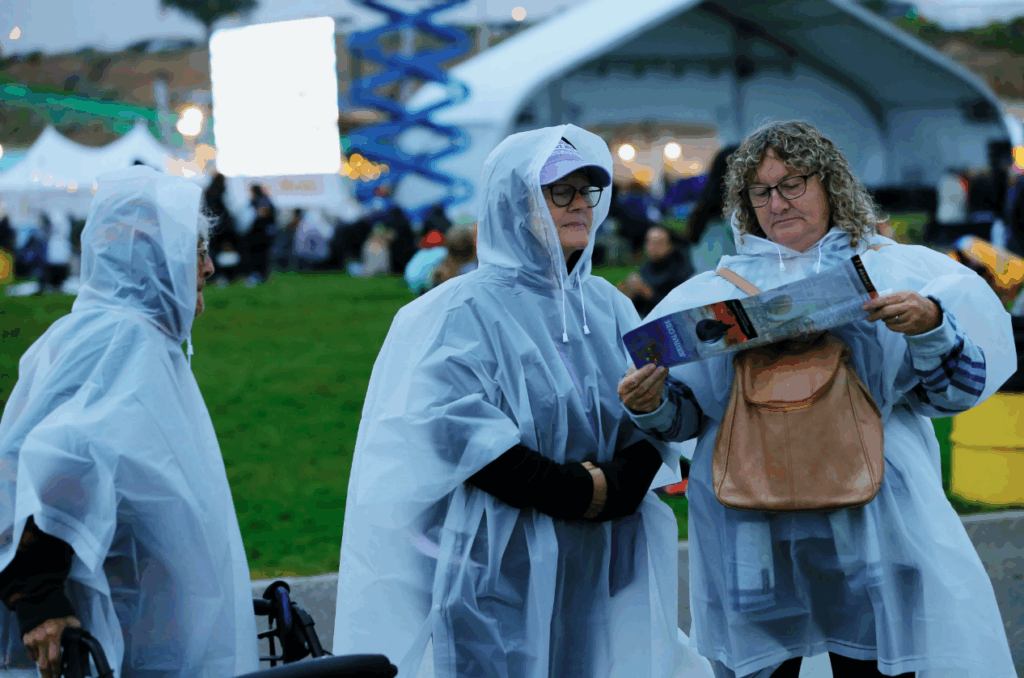Imagine you’re outside and it starts to rain. A poncho is like a magic cape that keeps you dry. It’s a big sheet you wear over your head. But what’s it made of? Let’s find out together which stuff is the best for a poncho. I’ll tell you all about it in a fun way!
Polyester: Keeps Rain Away
First up is polyester. It’s super at stopping water, like a wall against rain. It’s not heavy, so you can carry it to the park or a party. It stays strong too. But, it might make you feel hot and sticky if the weather’s all damp.

Nylon: No Rain Gets In
Now, let’s talk about nylon. It’s awesome at keeping rain out. It’s light and packs small, so you can put it in your bag for a trip. But be gentle—it can tear if you pull too hard. And it might make you sweaty since air can’t get through much.
PVC: Tough and Dry
PVC is a strong plastic. It blocks all the water, so you stay super dry. It lasts a long time too. But it’s heavier than others, and it feels stiff, not soft. It’s not the coziest to wear.

EVA: Light and Nice to Earth
Next is EVA. It stops water but isn’t heavy like PVC. It feels better on you and is kinder to our planet. It’s pretty strong, but not the toughest when things get wild outside.

Polyethylene (PE): Light and Cheap
Lastly, there’s Polyethylene, or PE. It’s a plastic that keeps water out real good. It’s so light, and it’s cheap, so you can get lots. Many quick-use ponchos are made of this. But it can make you hot ’cause it traps air. And throwing it away a lot isn’t great for the earth.

Wanna stay dry with a cool poncho? Look at a Disposable Plastic Rain Poncho for fast rain help, a Pink Disposable Waterproof Rain Poncho for a pretty color, a Disposable Rain Jacket for a neat look, a Festival Plastic Throw Away Poncho for fun times, and a Disposable Waterproof Plastic Rain Coat to stay super dry.
Which One Should You Get?
So, which stuff is best for your poncho? Let’s think about what you need, okay?
- Rain or Play Outside: Pick Nylon or Polyester. They’re not heavy and stop water. Want the very best? Get Gore-Tex, but it’s pricey.
- Super Strong: Choose PVC or Ripstop Fabric. They don’t rip easy.
- Cold, Wet Days: Try Wool. It’s like a warm hug.
- Light and Not Much Money: Go for Polyethylene (PE). It’s easy to carry and cheap.
Here’s a little picture to help you pick:
| What You Want | Best Stuff | Why It’s Nice |
| Rain or Fun Outside | Nylon, Polyester | Light and no water in. |
| Really Tough | PVC, Ripstop Fabric | Hard to break. |
| Warm in Cold Rain | Wool | Keeps you warm. |
| Light and Cheap | Polyethylene (PE) | Super light, low cost. |
Let’s Finish Up! Picking the best stuff for a poncho is all about you! If you’re playing outside and it rains, grab a light one like Polyethylene (PE) or Nylon. Want it to last? Pick PVC. If it’s cold, cuddle in Wool. I like PE ’cause it’s so easy and doesn’t cost much for quick rain days. What do you wanna try to stay dry?










